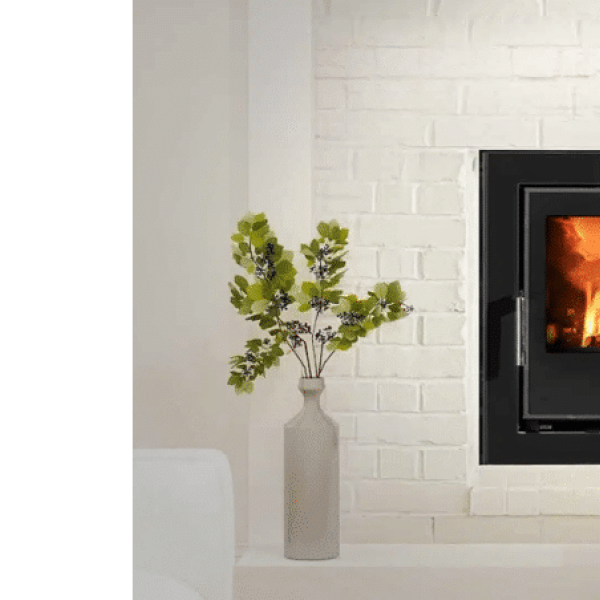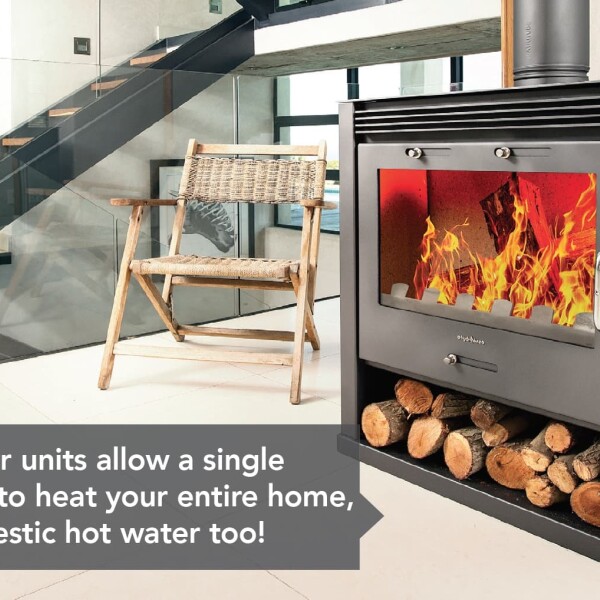How to Maintain Your Flue System for Safety in South African Homes
A well-functioning flue system is the heart of a safe and efficient fireplace. Whether you have a freestanding or built-in unit, knowing how to maintain your flue system for safety can help prevent smoke issues, reduce fire hazards, and increase heating efficiency in your home.
With Hydrofire’s extensive selection of quality flues and expert advice, South African homeowners can enjoy warmth and peace of mind. In this in-depth guide, we’ll explore essential flue maintenance tips, warning signs to watch for, and how to care for your flue system year-round.
What Is a Flue System and Why Is It Important?
The Basics
A flue system is more than just a pipe—it's an essential ventilation structure that allows harmful gases and smoke produced by your fireplace to exit your home safely. A properly installed flue system prevents the buildup of carbon monoxide, reduces indoor smoke, and enhances the efficiency of your heating source.
Fireplaces without a properly maintained flue system pose serious health and safety risks, including respiratory problems and fire hazards. Hydrofire’s range of durable flue systems is built specifically for the structural and climatic demands of South African homes, ensuring your living space remains both warm and safe.
Components of a Flue System
- Flue pipe: Channels the smoke and gases away.
- Chimney cap: Prevents rain, animals, and debris from entering.
- Dampers and connectors: Help control airflow and heat.
- Insulated flue liners: Help maintain consistent temperature and draft, improving energy efficiency and safety.
Hydrofire flue systems integrate seamlessly with both freestanding and built-in fireplaces, offering superior performance and easy maintenance.

Common Flue Issues in South African Homes
Creosote Build-Up
Creosote is a tar-like by-product that accumulates from burning wood. It's highly flammable and, when built up excessively, can ignite and cause chimney fires. South African winters often mean daily fireplace use, which can accelerate creosote formation if not monitored.
Moisture and Corrosion
Moisture entering the flue from rain or condensation can lead to internal rust, weakening the metal structure over time. This is especially problematic in coastal areas where humidity and salt levels are high.
Animal Nesting and Debris
Birds, squirrels, and insects can build nests in unprotected chimneys, creating blockages that reduce airflow and increase the risk of backdraft. Leaf buildup in rural areas is also a frequent issue.
Draft Problems
Improper flue sizing, wind exposure, or poorly constructed chimneys can create negative airflow (backdraft), causing smoke to enter your home. Hydrofire’s flue kits are designed to eliminate such inefficiencies, enhancing heat output and safety.
Routine Flue Maintenance: What to Do and When
Monthly Visual Checks
Every month during fireplace season, inspect your flue from both the interior and exterior:
- Look for visible soot or creosote around the pipe or outlet.
- Check for rust patches, dents, or loose connections.
- Make sure the chimney cap is intact and unobstructed.
Quarterly Sweeping (During Use Season)
Using your fireplace weekly during winter? Then sweep your flue every 2–3 months:
- Use a flue brush or hire a professional chimney sweep.
- Focus on the first 1–2 meters above the firebox, where creosote is most likely to accumulate.
- Clean the damper and reseal joints if any leaks are detected.
Annual Professional Inspection
Before winter begins, schedule a professional inspection:
- Check for cracks, insulation issues, and proper venting.
- Conduct a draft test and moisture inspection.
- Replace any worn-out gaskets or corroded flue sections.
Hydrofire recommends an annual safety inspection, especially for homes using wood-burning systems regularly.
Tools and Products for Safe Flue Cleaning
Basic Tools
- Chimney brush: Choose the appropriate diameter for your flue.
- Extension rods: Help reach higher or longer flue lengths.
- Drop cloths: Protect surrounding furniture and floors.
- Flashlight: For inspecting dark interior spaces.
Cleaning Agents
- Soot remover logs: Safe for occasional use to break down creosote.
- Creosote dissolvers: Chemical sprays that loosen tough build-up.
Safety Equipment
- Dust mask and goggles: Protect your lungs and eyes from soot.
- Fire-resistant gloves: For handling hot or abrasive surfaces.
- Ladder and safety harness: Required for any rooftop work.
Hydrofire stocks and recommends reliable cleaning kits and accessories suited for their fireplace and flue designs.
How to Tell If Your Flue Needs Attention
Warning Signs to Watch For
- Smoke inside the room: Could indicate a blockage or poor draft.
- Lingering odors: May be due to creosote buildup or trapped moisture.
- Struggling fire: Difficulty in maintaining flames suggests air blockage.
- Sooty or blackened walls around the firebox: A sign of incomplete combustion or inefficient venting.
- Visible rust or water stains: Indicates moisture ingress and corrosion.
Ignoring these signs could lead to reduced heating performance, costly damage, or even dangerous conditions. Hydrofire’s expert team is available to diagnose and recommend solutions for any of these issues.
The Role of Insulated Flues in Long-Term Safety
What Are Insulated Flues?
These flue systems feature a double or triple wall with insulation between them, typically using rock wool or ceramic fiber. This insulation keeps the inner flue pipe at a consistent temperature, which aids in maintaining proper draft.
Key Advantages:
- Prevents cold air blockages: Ideal for homes in colder regions of South Africa.
- Reduces creosote: Warm flue temperatures reduce condensation and residue.
- Protects home structure: Prevents the transfer of heat to surrounding walls or roofing.
- Code-compliant: Meets South African fire safety regulations for multi-storey or thatched homes.
Hydrofire’s insulated flue systems are the gold standard for safety, efficiency, and ease of maintenance.
Special Considerations for Coastal and Rural Homes
Coastal Areas
- Corrosion Resistance: Salt air corrodes traditional metal faster. Choose Hydrofire’s marine-grade stainless steel flues.
- Seal Protection: Use high-grade silicone and flashing to prevent salty air from entering joints.
Rural Areas
- Debris Protection: Ensure chimney caps have mesh screens to keep out leaves, twigs, and animals.
- Wind Exposure: Use directional caps or wind-resistant cowls to maintain draft stability in open areas.
Hydrofire understands the unique challenges of South African environments and offers specialized accessories for both rural and coastal settings.
Why Choose Hydrofire for Your Flue Needs
Premium Quality Materials
Hydrofire uses high-grade stainless steel that resists corrosion and heat damage, even under heavy use. Their flues are designed to meet international performance standards.
Expert Design Support
From choosing the right flue diameter to advising on chimney height and wind resistance, Hydrofire’s experts help design a system that performs optimally for your fireplace and location.
Trusted Installation and Service
Hydrofire-certified installers are trained to South African safety standards and provide complete setup, testing, and after-sales support.

Flue Safety Starts with Smart Maintenance and Hydrofire Quality
Knowing how to maintain your flue system for safety is one of the most essential steps in protecting your home, your family, and your heating investment. From monthly inspections to annual professional checkups, staying proactive will ensure years of safe and efficient use.
With Hydrofire’s trusted range of high-quality flues and support services, maintaining safety has never been easier. Whether you live in Cape Town, Bloemfontein, or the Karoo, you can count on Hydrofire to deliver warmth—safely and stylishly.
Warm smarter. Live safer. Choose Hydrofire.

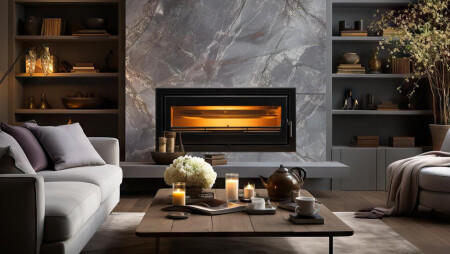
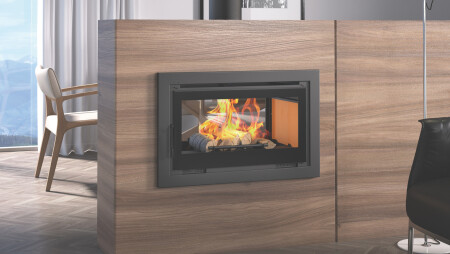
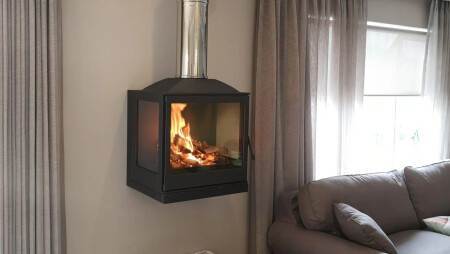
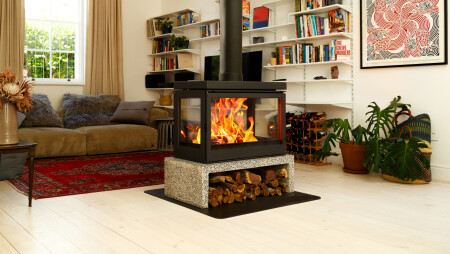

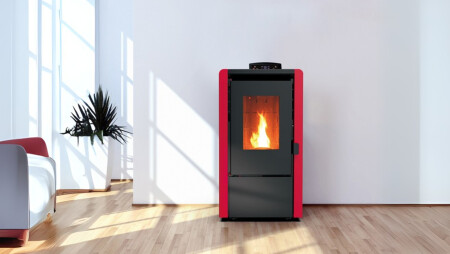

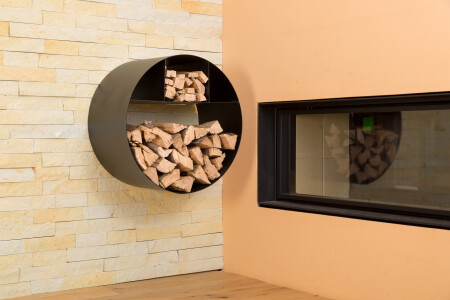


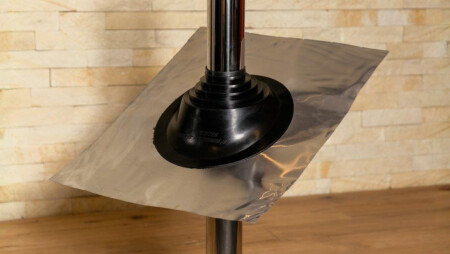
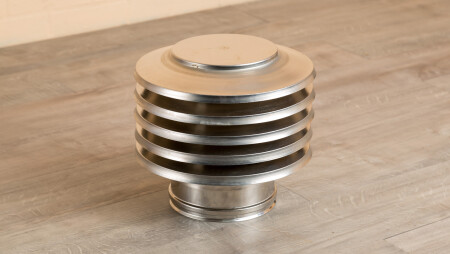
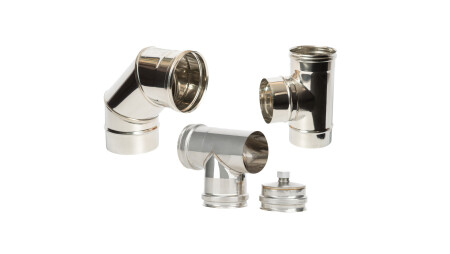


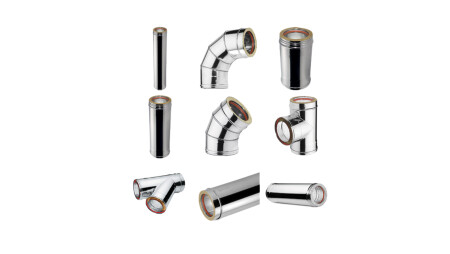
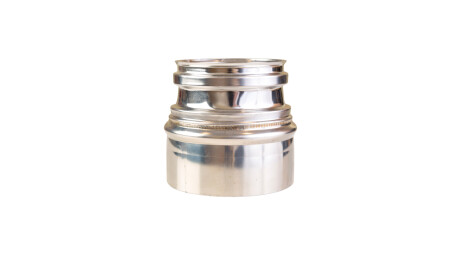
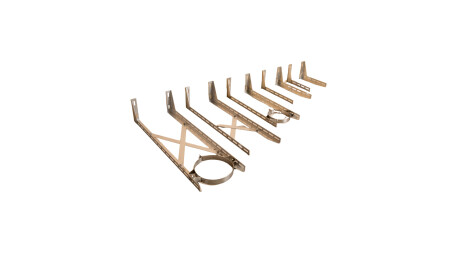

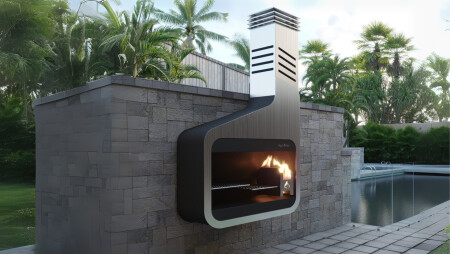
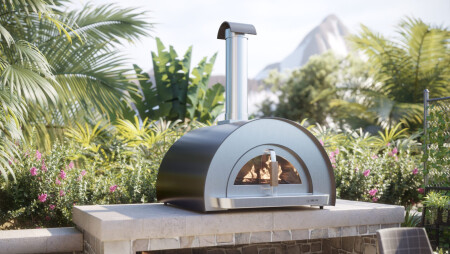
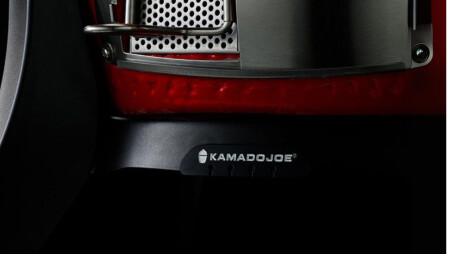
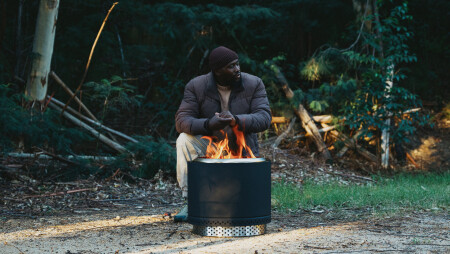
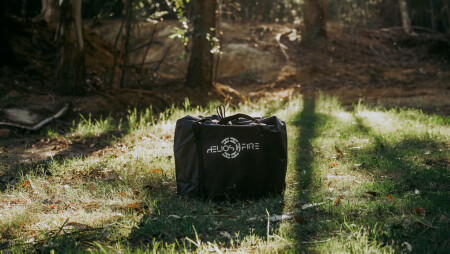

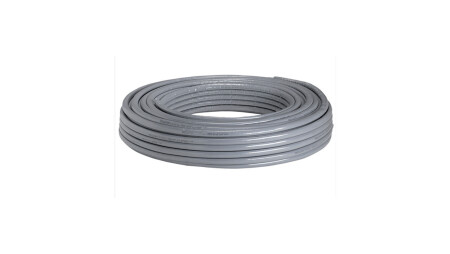

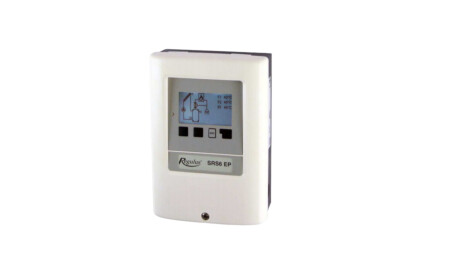
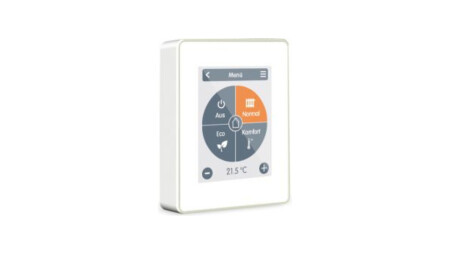


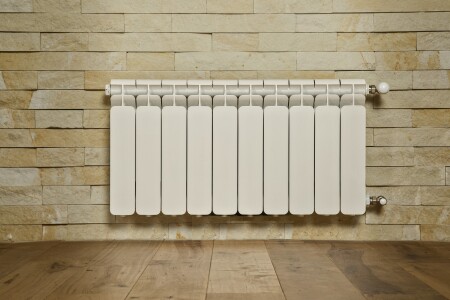
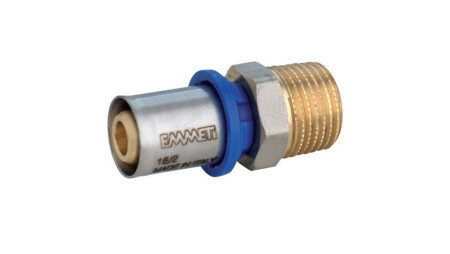

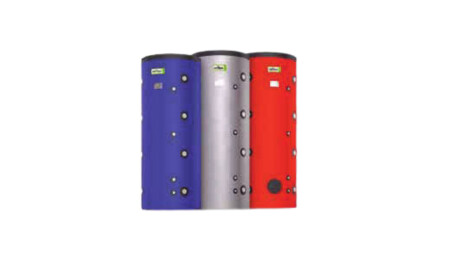
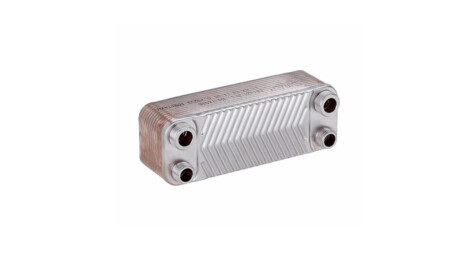
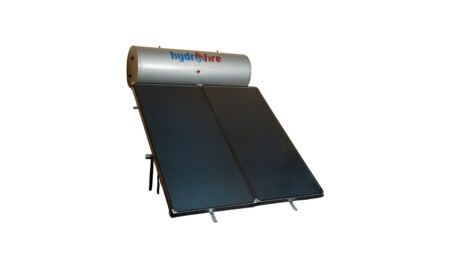
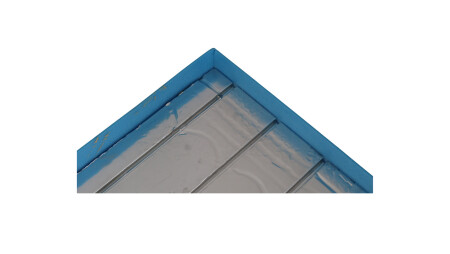
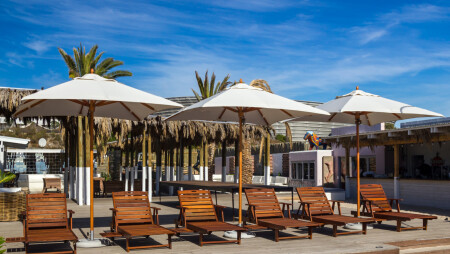
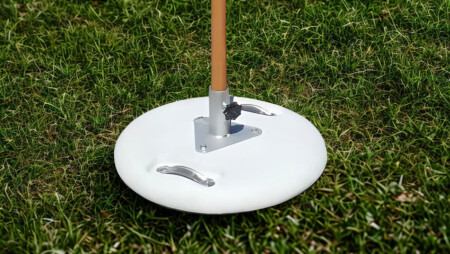
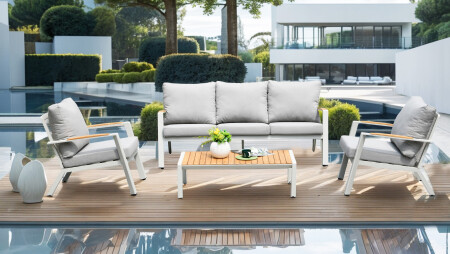
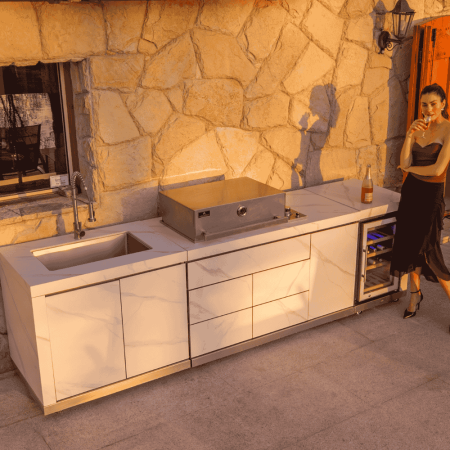
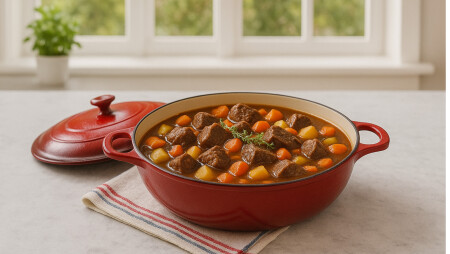
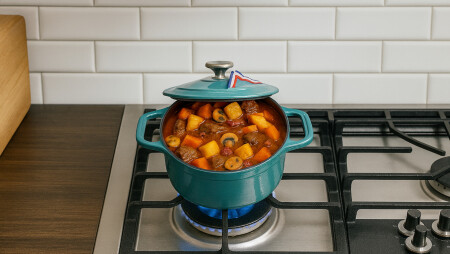



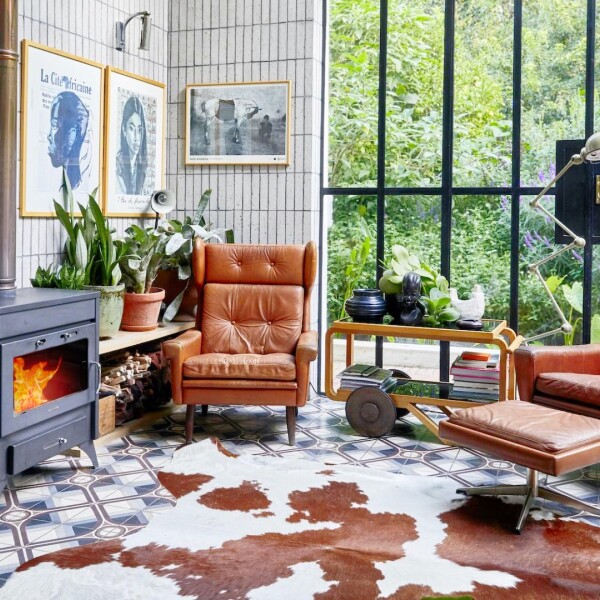
.jpg)
.jpg)
.jpeg)
.jpg)
